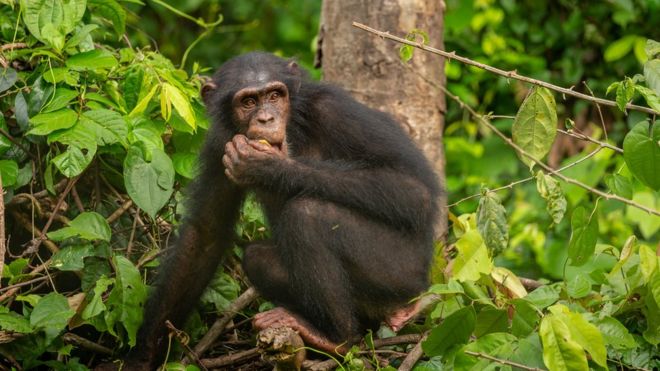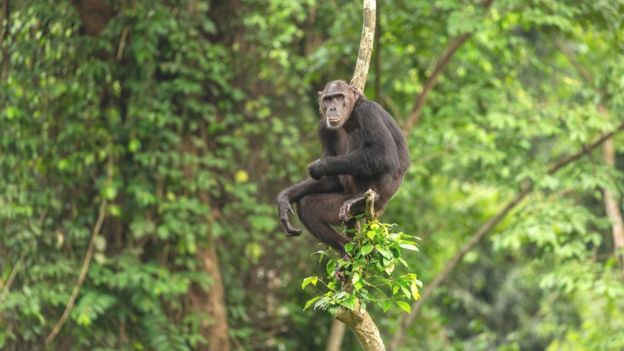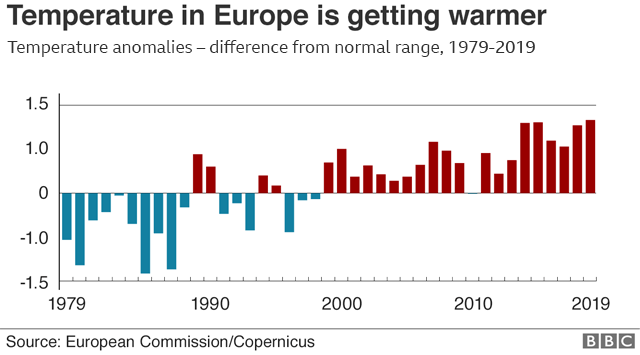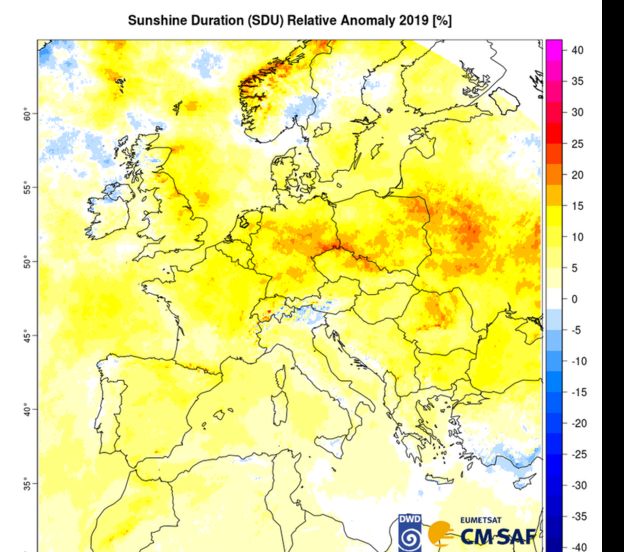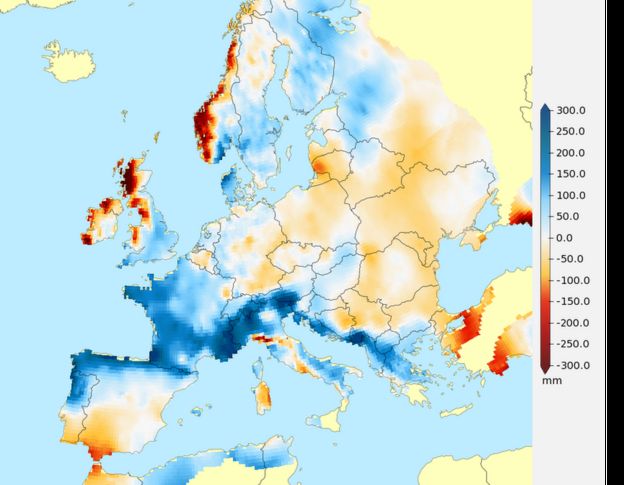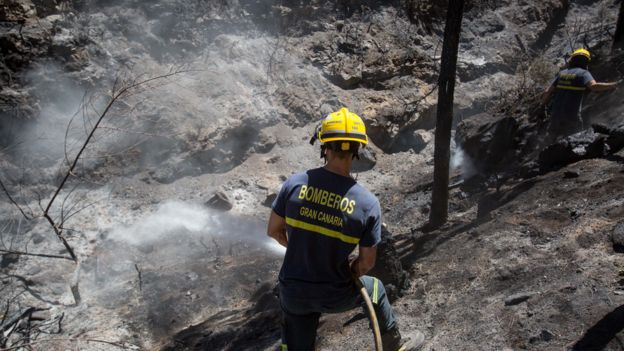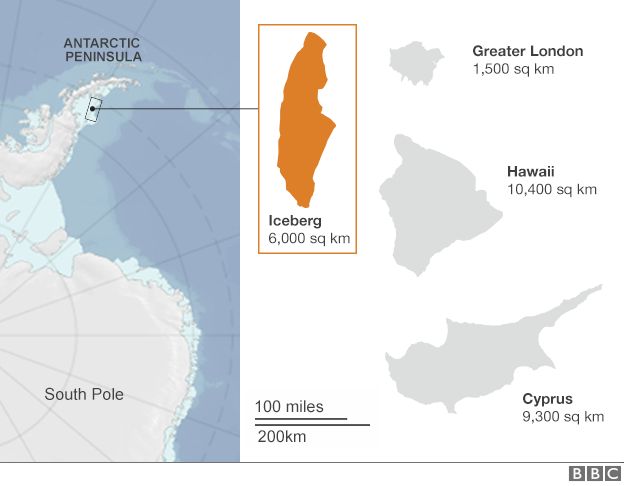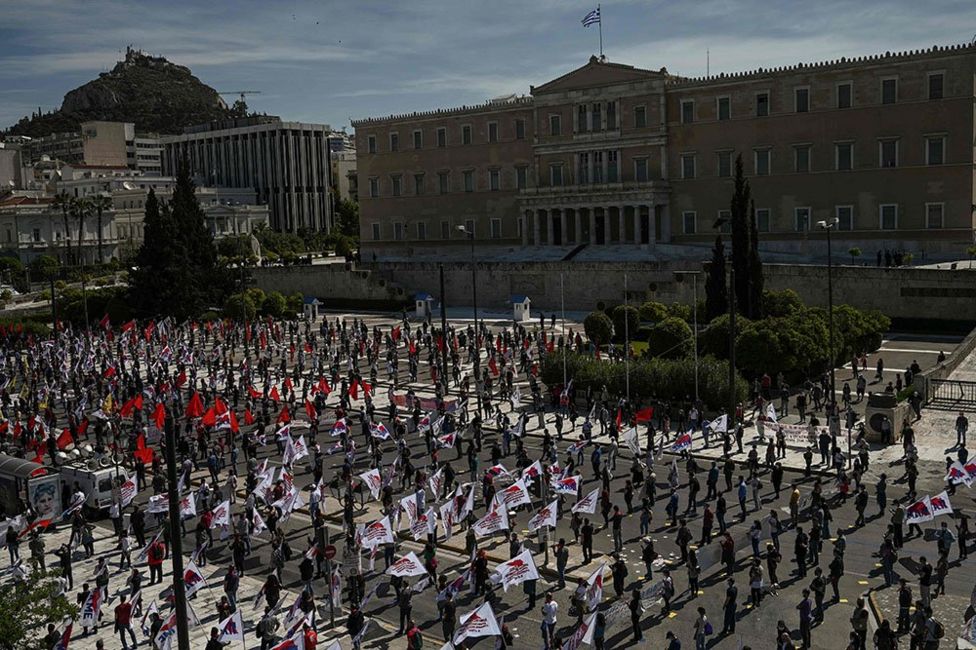29 April 2020
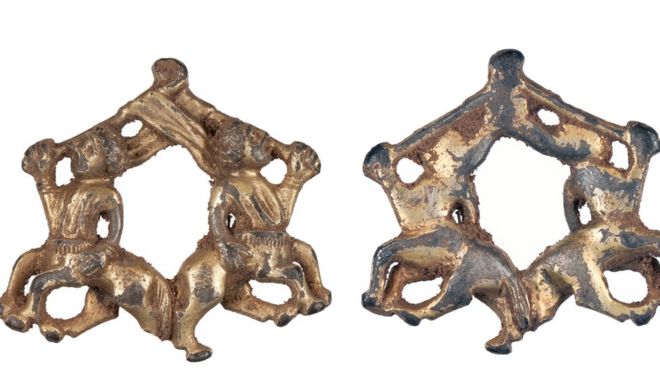
BRITISH MUSEUM'S PORTABLE ANTIQUITIES SCHEME
The medieval brooch dates from 1200 - 1300AD
An Iron Age ring and a Medieval brooch, both found in Shropshire, have been declared as treasure.
The gold ring, which dates from 400 to 200BC, was only the sixth of its kind found in Britain.
Coroner John Ellery declared the items treasure during inquests believed to be the first in the county to have been held via video link.
Shropshire Museums has expressed an interest in acquiring both items to put on display.
The ring was discovered by metal detectorist Christopher Mussell in Frodesley in south Shropshire.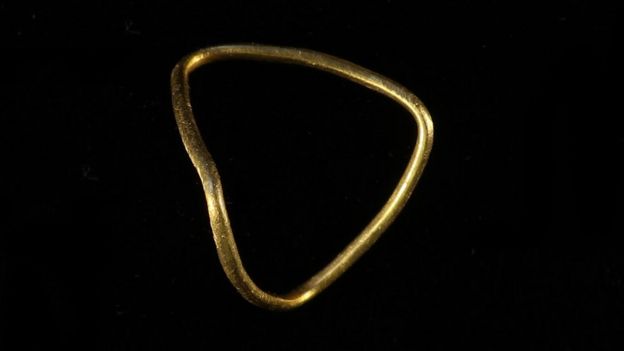
An Iron Age ring and a Medieval brooch, both found in Shropshire, have been declared as treasure.
The gold ring, which dates from 400 to 200BC, was only the sixth of its kind found in Britain.
Coroner John Ellery declared the items treasure during inquests believed to be the first in the county to have been held via video link.
Shropshire Museums has expressed an interest in acquiring both items to put on display.
The ring was discovered by metal detectorist Christopher Mussell in Frodesley in south Shropshire.

BRITISH MUSEUM'S PORTABLE ANTIQUITIES SCHEME
The gold ring was uncovered in south Shropshire
It was similar to rings more commonly found in Switzerland, which the Portable Antiquities Scheme, the body that records finds made by members of the public, said could suggest it was imported from the continent or be a local copy.
Peter Reavill, Finds Liaison Officer for Shropshire, said Iron Age finds formed of precious metal in the county were "exceedingly rare".
"We know the county has amazingly rich prehistoric and specifically Iron Age archaeology with numerous important hill-forts," he said.
"What we don't have is a great understanding of where these people lived, traded and farmed - this tiny personal object throws a beam of light on to the individual who once wore it."
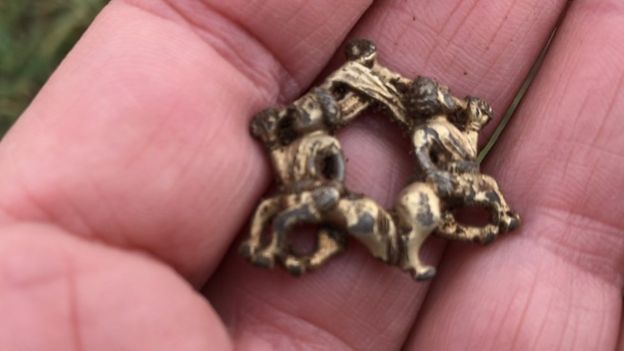
MARK LAMBERT
The brooch was found near Bridgnorth by metal detectorist Mark Lambert
The silver-gilt brooch, which dates from 1200-1300AD, was discovered by metal detectorist Mark Lambert near Bridgnorth and is formed of two carved centaurs.
The silver-gilt brooch, which dates from 1200-1300AD, was discovered by metal detectorist Mark Lambert near Bridgnorth and is formed of two carved centaurs.
